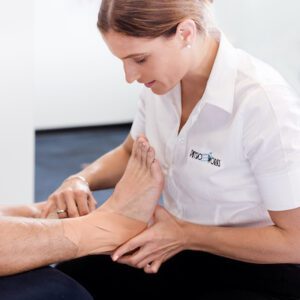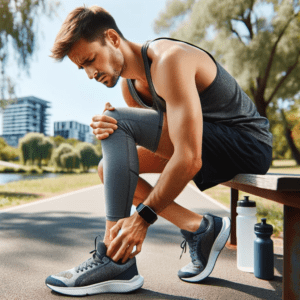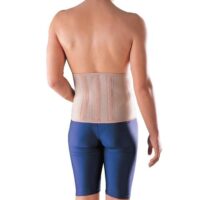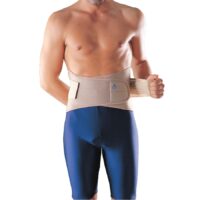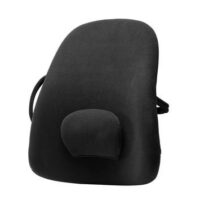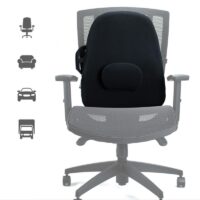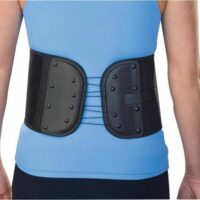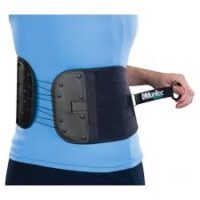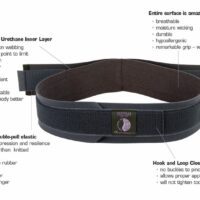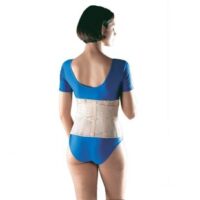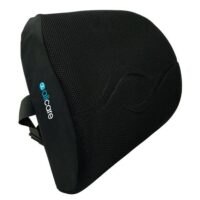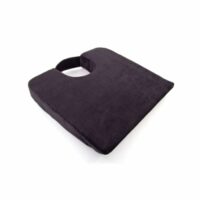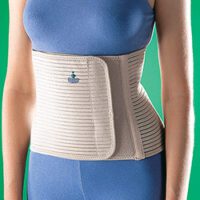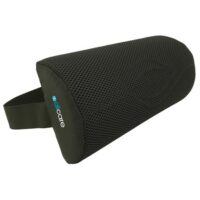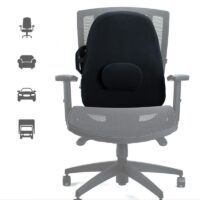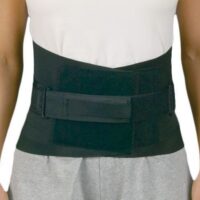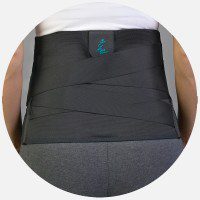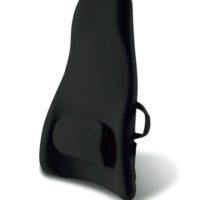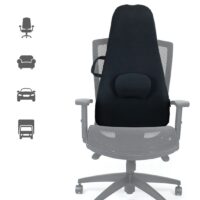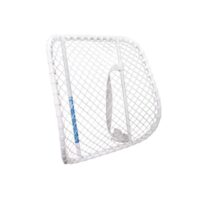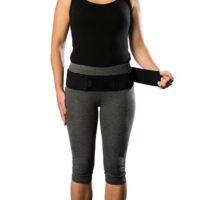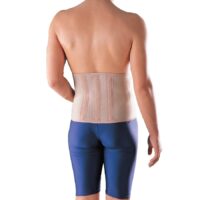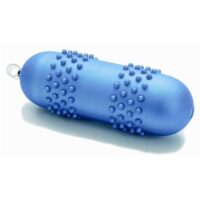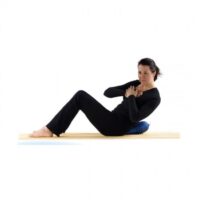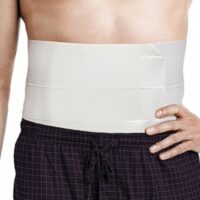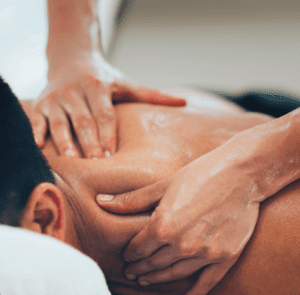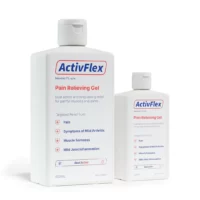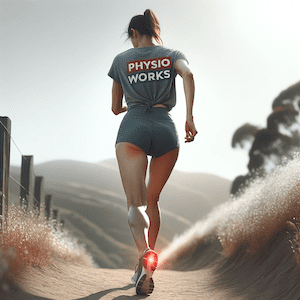Article by John Miller
Experiencing a Headache or Migraine?
Understand Your Options
Headaches and migraines are more than just a nuisance; they can significantly disrupt your daily life. When you start experiencing these symptoms, it's imperative to seek medical advice. Doctors often recommend neurological assessments and may suggest a CT or MRI scan. These scans are vital for excluding serious conditions like aneurysms or tumours. Most of the time, fortunately, the results are normal.
What to Do When Your Scans Are Clear
Getting a clear scan result brings a sigh of relief, eliminating concerns about serious underlying causes. Yet, the task of identifying the source of your headaches or migraines remains.
Identifying the Root Cause of Your Headache
At PhysioWorks, we understand that diagnosing the root cause of headaches is a key step in treatment. We primarily focus on three types of headaches:
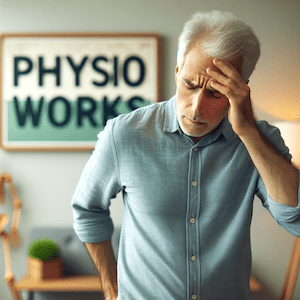

Understanding Neck-Related Headaches
Researchers feel that about one in four headaches is linked to neck issues. A thorough neck examination by a skilled headache physiotherapist is crucial. In many cases, the physiotherapist can diagnose and begin treating your neck headache from the first consultation.
Neck Headache: A Deeper Insight
Neck headaches, or cervicogenic headaches, often originate from neck joints, muscles, or ligaments. Symptoms include pain starting at the back of the head, radiating forwards, neck stiffness, and sometimes shoulder or arm pain. Physiotherapy techniques like manual therapy, specific exercises, and posture correction can provide significant relief.
Related article: Neck Headaches
Tension-Type Headaches: Understanding and Management
Tension-type headaches, marked by a band-like pain around the head, are frequently associated with stress, poor posture, and muscular tension. Physiotherapy plays a critical role in managing these headaches, offering stress-reduction techniques, ergonomic advice, and exercises to improve posture and muscle function.
Related article: Tension-Type Headaches
TMJ Headaches: The Role of Physiotherapy
TMJ headaches, stemming from jaw joint and muscle issues, present symptoms like facial pain, jaw clicking, and chewing difficulties. Physiotherapists, with a skillset in jaw disorders, offer specialised exercises, manual therapy, and advice to improve jaw function.
Related article: TMJ headaches
Latest Research and Developments
Recent studies underscore the effectiveness of physiotherapy in headache management. Techniques such as dry needling, acupuncture, specific neck and shoulder exercises, posture correction, and relaxation strategies have shown promise in reducing the frequency and intensity of headaches.
Conclusion: Seeking Professional Help
Managing headaches and migraines often requires a targeted approach. Physiotherapy offers a range of treatments customised to your needs. If headaches or migraines are affecting your life, consider consulting a qualified headache physiotherapist. This could be a significant step towards a pain-free life. However, always start with a doctor's consultation to exclude any serious underlying conditions.
Call to Action: Consult a Professional
Don't let headaches dictate your life. Reach out to a headache physiotherapist or your doctor today to embark on your journey to recovery and improved quality of life. Remember, investing in your health is paramount.
What to Do? Seek Professional Advice from Your Physiotherapist
If you're struggling with headaches or migraines, the first step is to consult a physiotherapist specialised in headache management. They can provide a comprehensive assessment and tailor a treatment plan suited to your specific needs, incorporating the latest research and techniques. Booking a consultation can be your first step towards finding relief and regaining control of your life.
Rochedale - Call 38410277
Book Online: RochedaleSalisbury - Call 32751044
Book Online: SalisburySandgate - Call 32691122
Book Online: SandgateRelated Articles
- Neck Headache - This page provides an in-depth look at the causes, symptoms, and treatment options for neck-related headaches, which are often a result of issues with the neck joints, muscles, or ligaments.
- TMJ Headache - Readers will find information on how TMJ disorders can lead to headaches, including symptoms, diagnosis, and treatment options for jaw-related headache issues.
- Tension Headache Relief: Symptoms, Diagnosis, And Treatment: Offers insights into tension-type headaches, including their causes, symptoms, and how physiotherapy can play a crucial role in managing these headaches.
- Migraine - Provides an overview of migraines, discussing their impact, the importance of medical advice, and physiotherapy's role in managing migraine symptoms.
- Cluster Headaches - Understanding And Managing The Pain: This article explores the severe nature of cluster headaches, their symptoms, and the potential for physiotherapy to aid in management and relief.
- Choosing The Right Pillow For Neck Support – Find Relief Now: Discusses how the right pillow can prevent neck pain and headaches, highlighting the importance of neck support for overall well-being.
Additional Information
For more details on specific headache types, migraine comparisons, and frequently asked questions, visit our website for comprehensive guides on:













































































